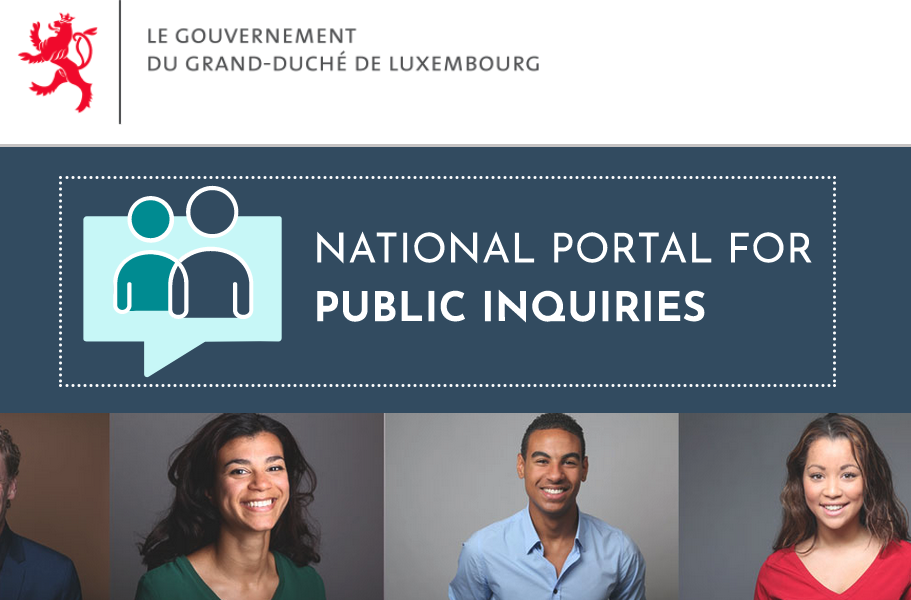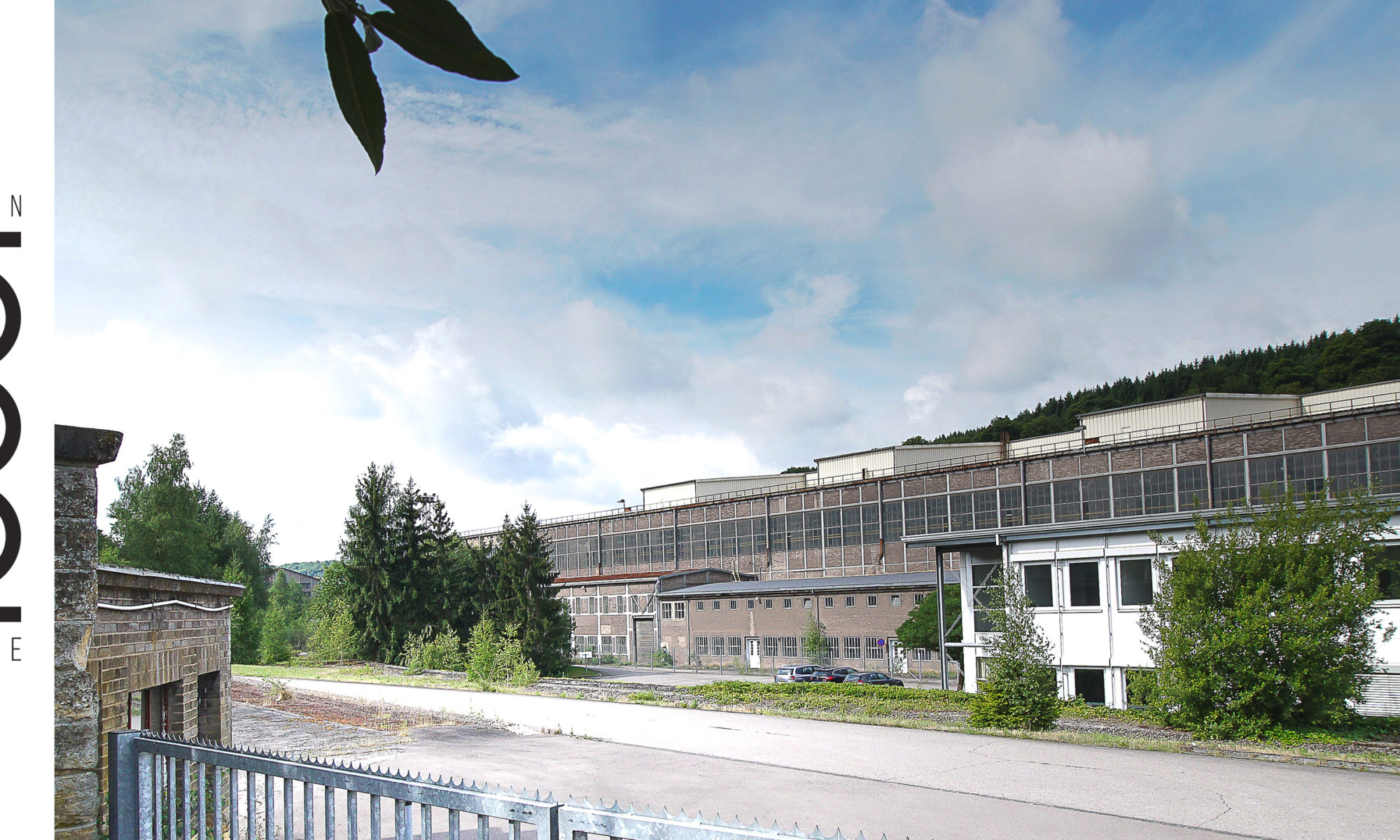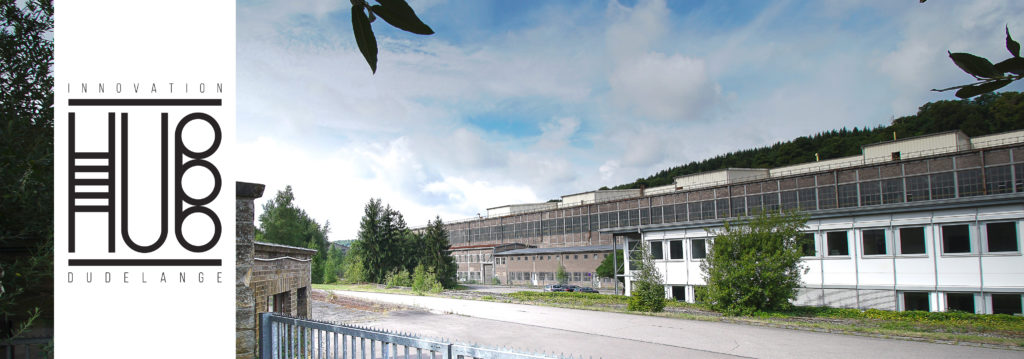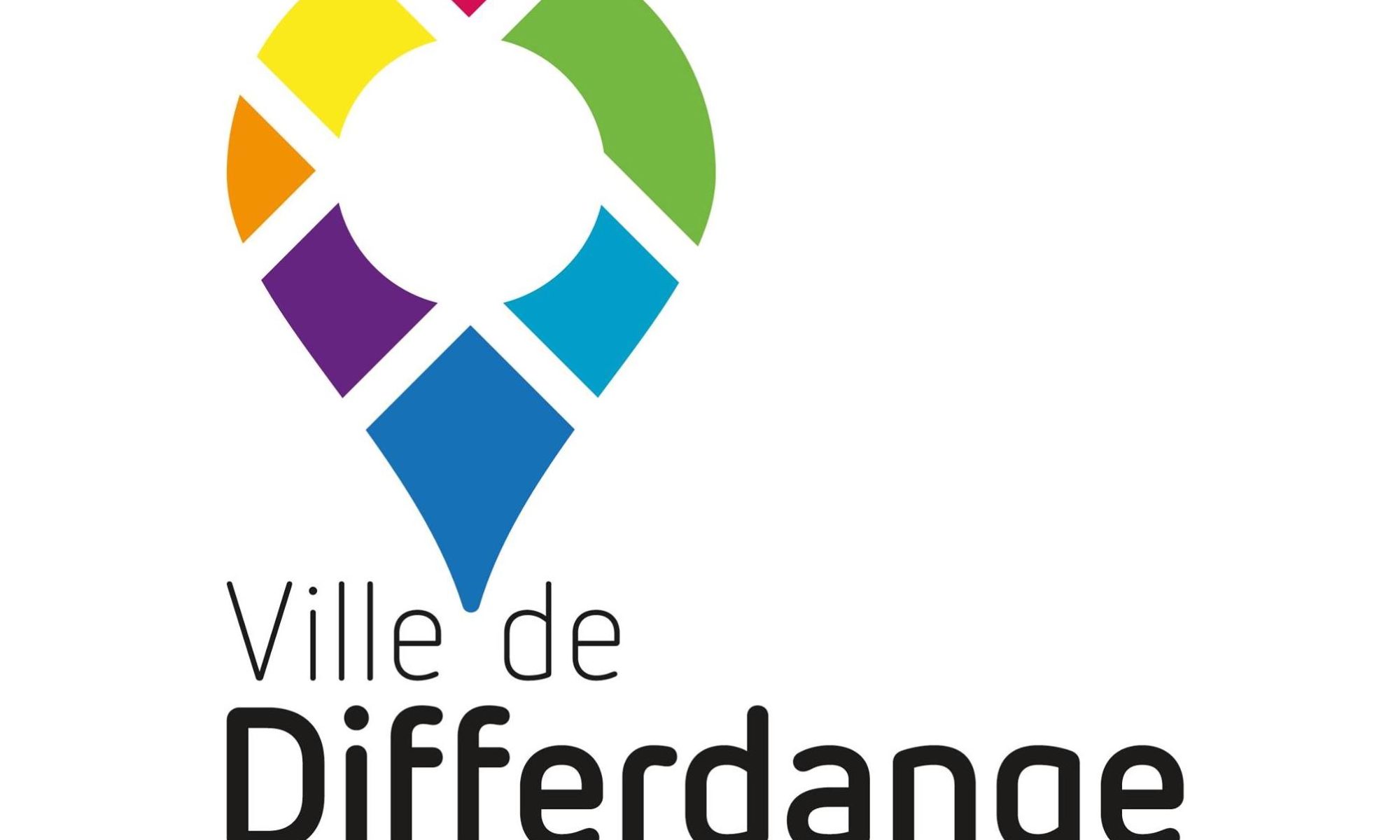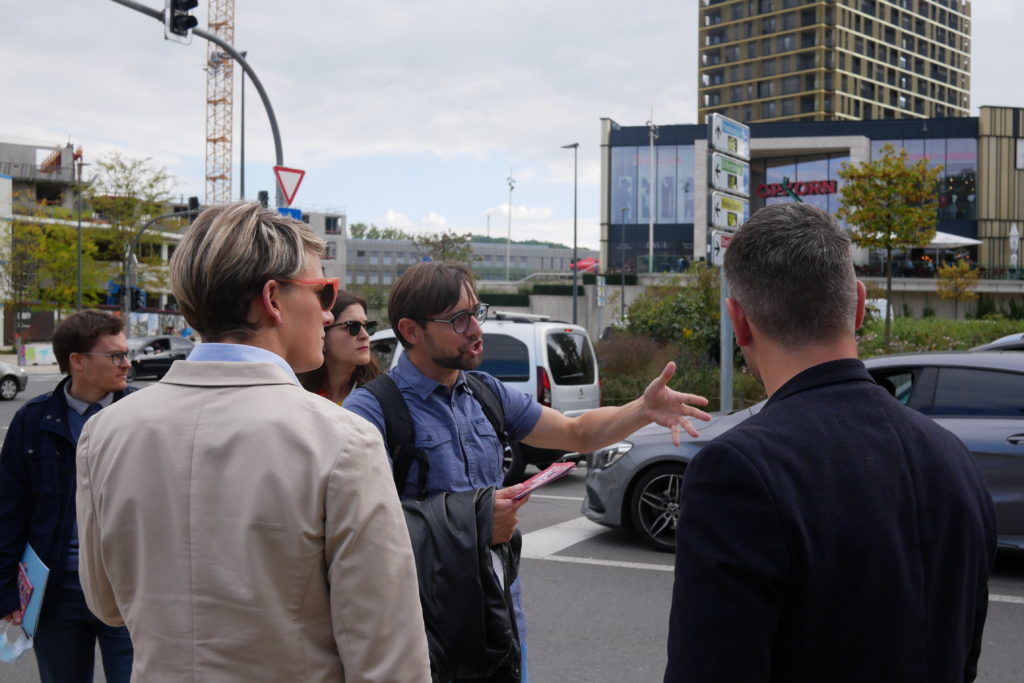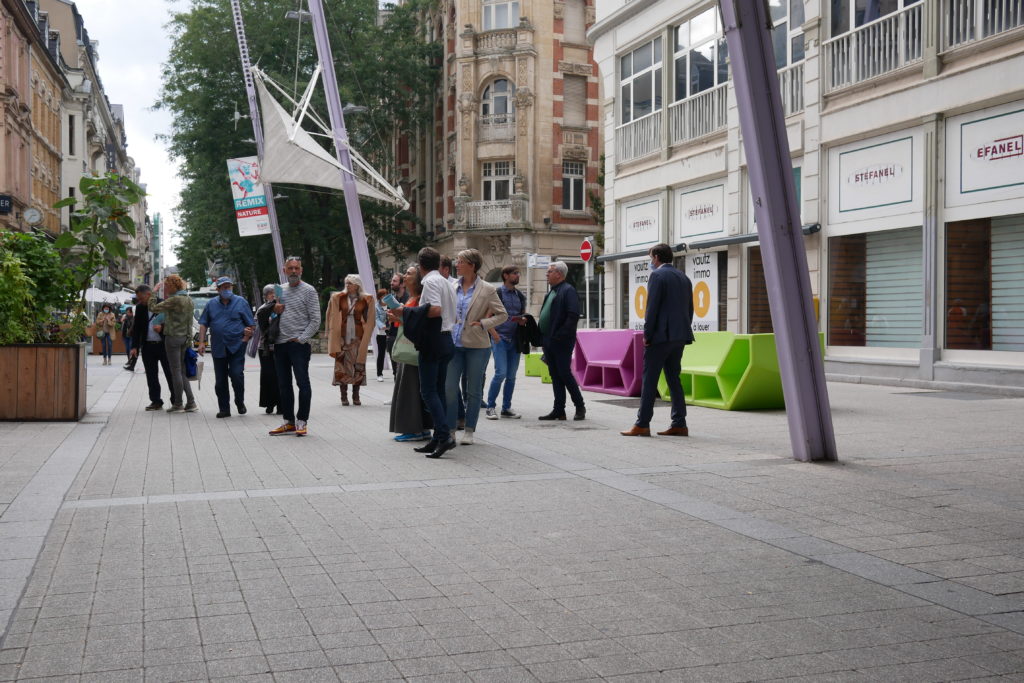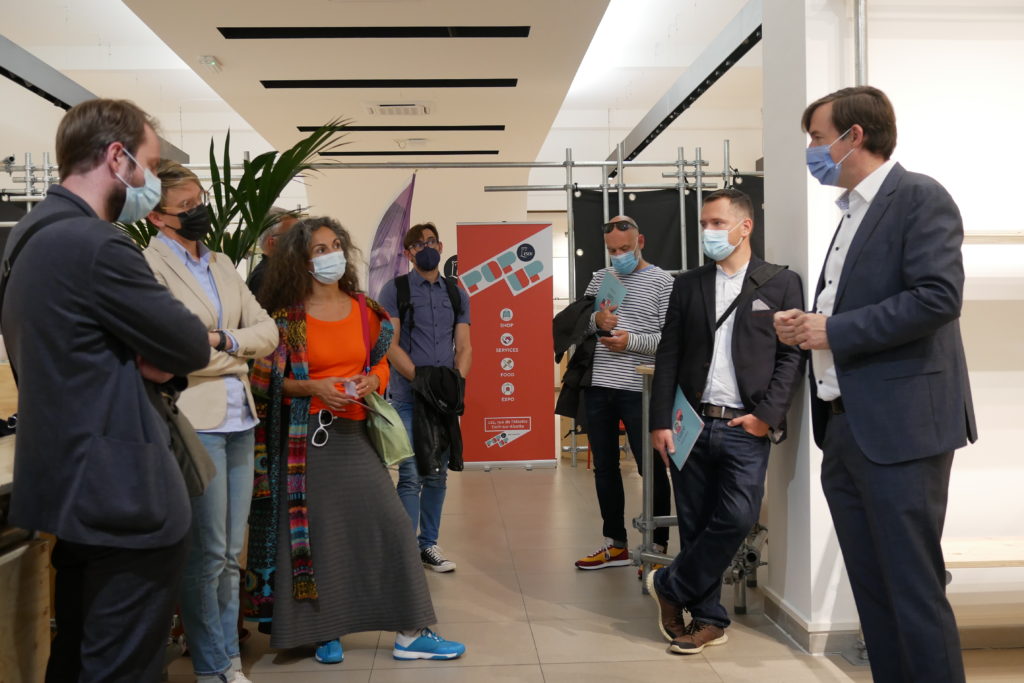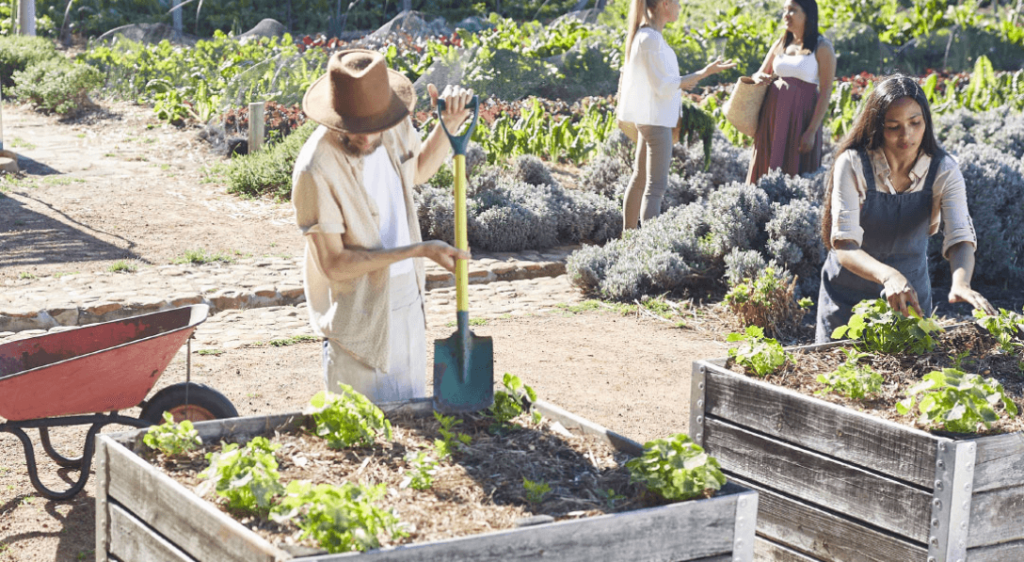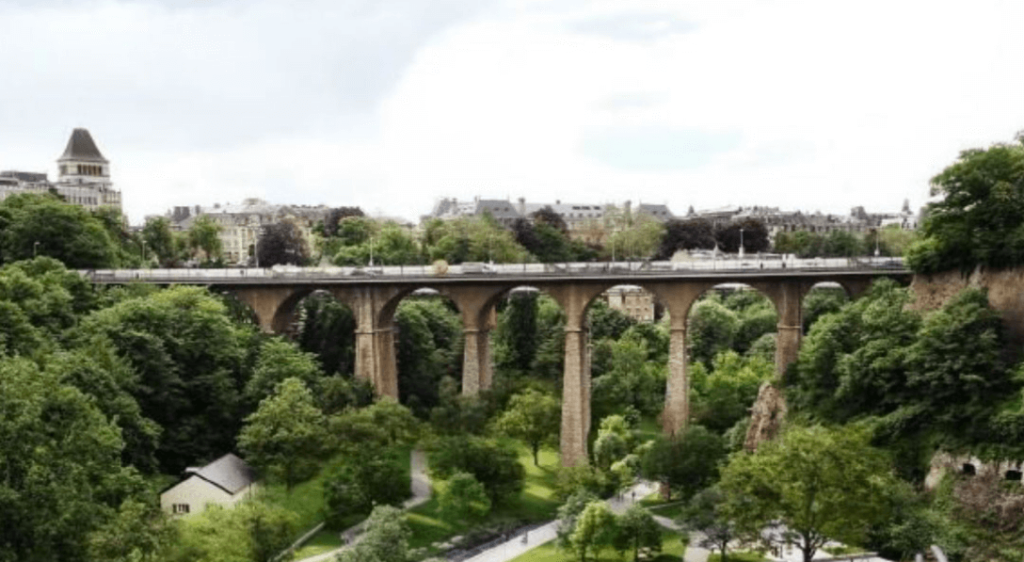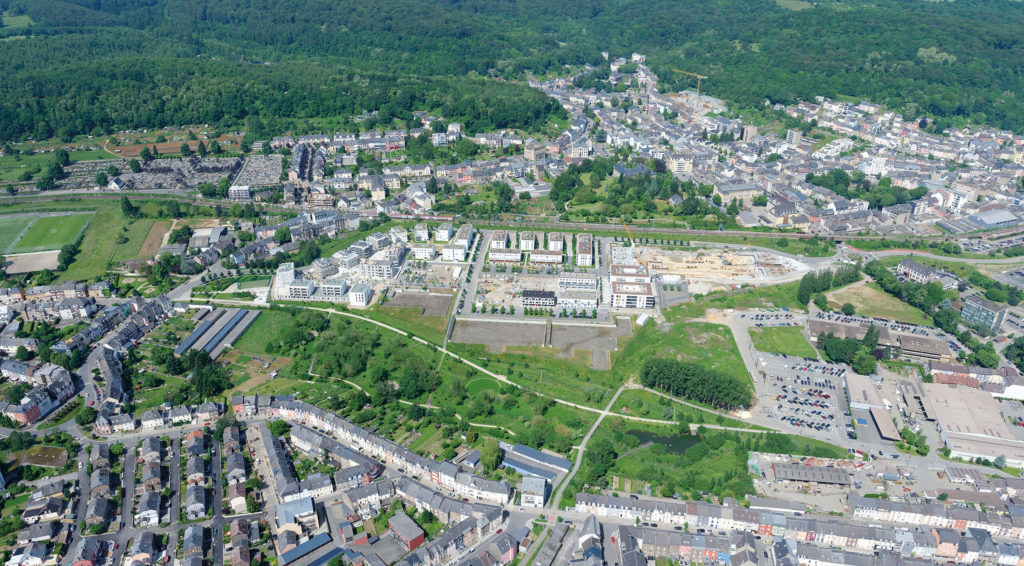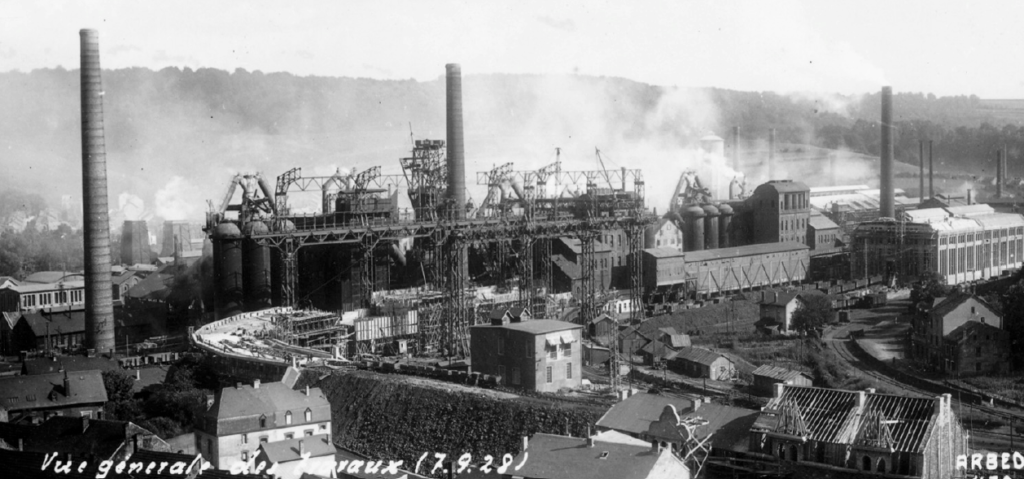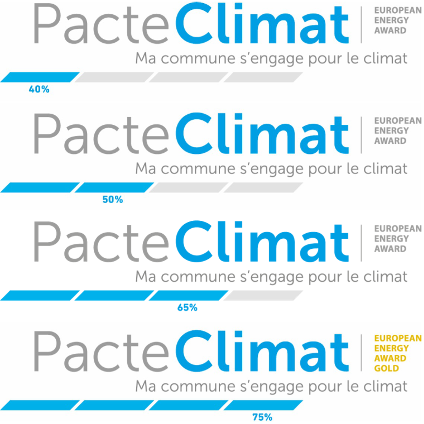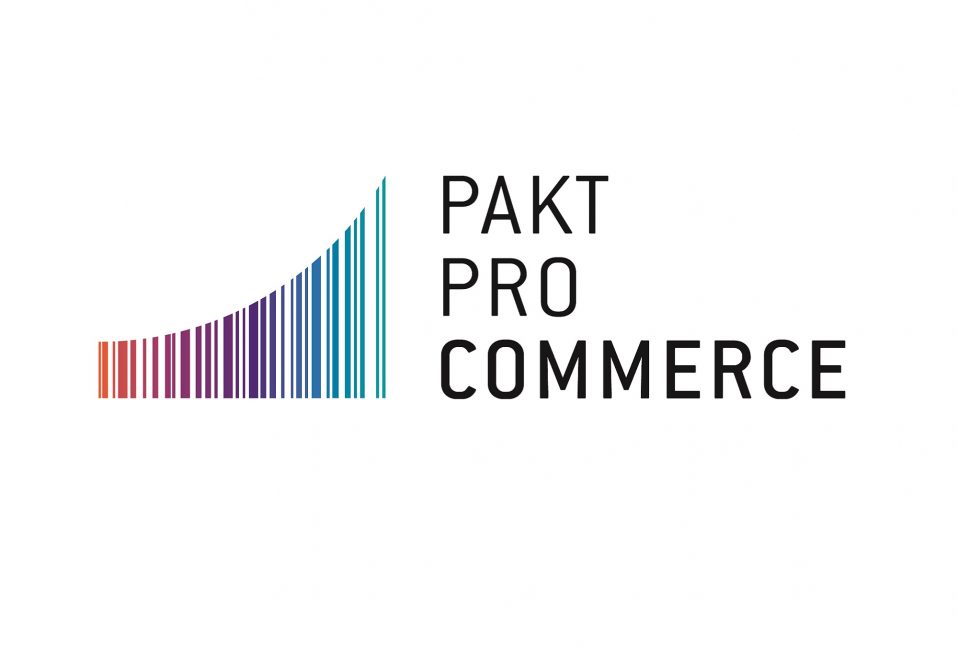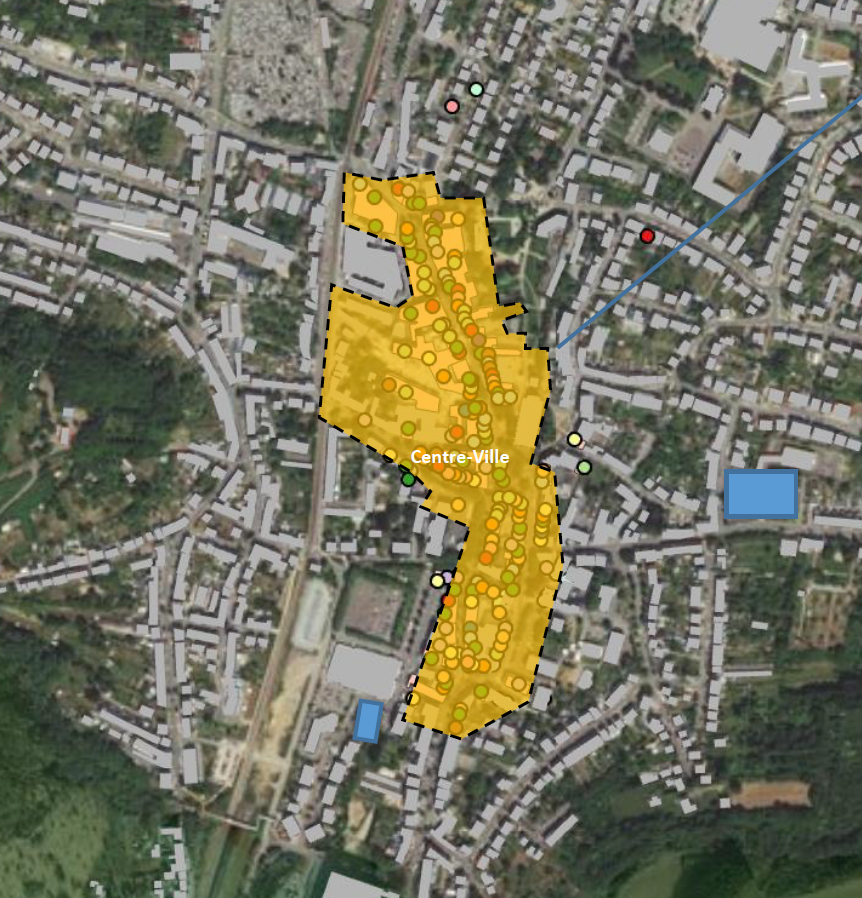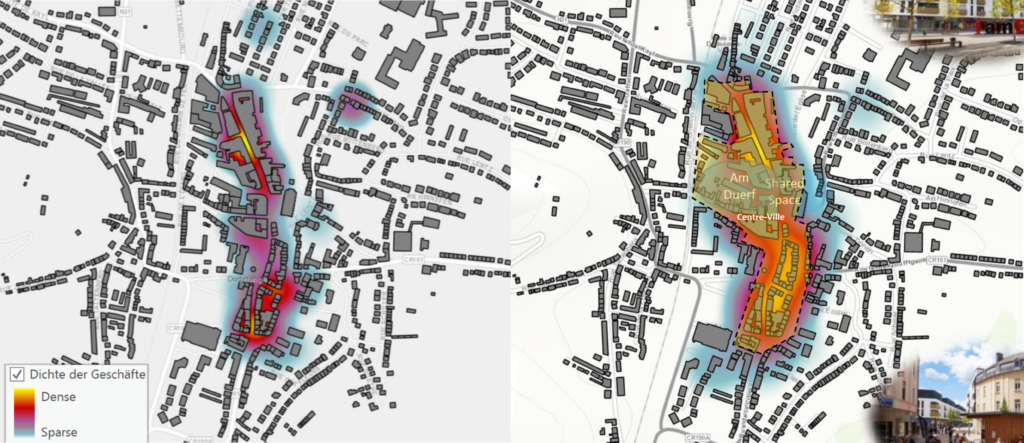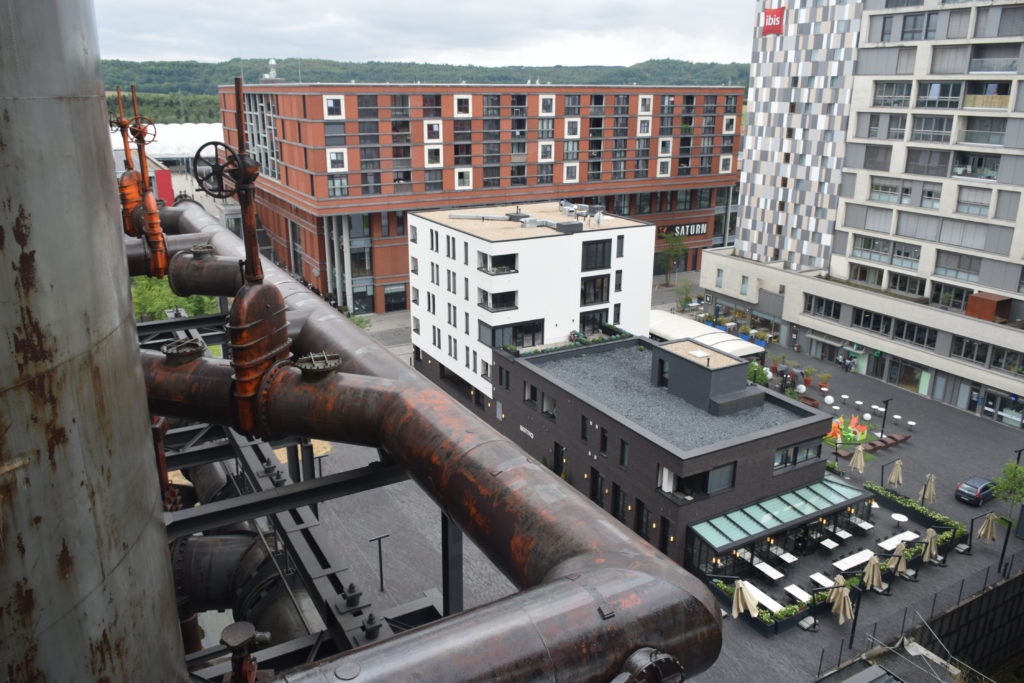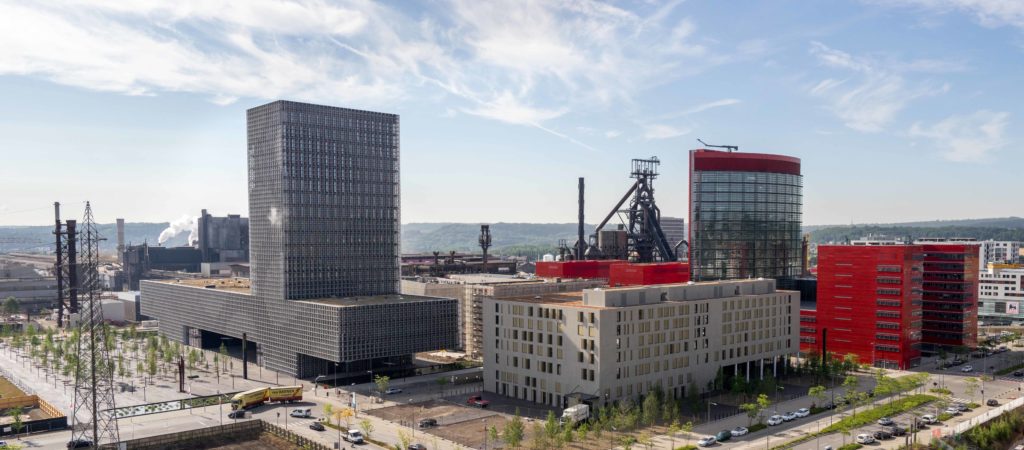Public participation has become an essential part of any public planning endeavour. Many citizens actively seek to be involved in planning processes, to remain informed, provide their knowledge. or to advocate their interests.
To facilitate future public participation, the Luxembourg government has published an online participation portal and the ‘National Portal for Public Inquiries’ can be used free of charge by Luxembourg public institutions.
Rationale for action
Participation is important to increase acceptance of projects. Citizens can be involved at an early stage, enabling mediation and information. So, participation has become an integral part of planning and for many processes it is even required by law.
Participation however is often costly for project implementors as no one solution fits all. Procedures need to be developed from scratch for each endeavour, the scope of participation must also be defined, participants invited, workshops held and results incorporated in the planning process. Participation is sometimes also seen as a risk with unexpected results or even resulting in deadlock.
The unique demographics of Luxembourg also require a special approach to guarantee the democratic legitimacy of public participation. About half the population are not Luxembourg citizens and spoken languages include Luxembourgish, Portuguese, French, German and English among others. Local participation is often organised in Luxembourgish and hence can be exclusive. The spoken language and sometimes also the timing of participation workshops in the evening exclude a large number of citizens.
Objective
Digital approaches to public participation can address this. Informing citizens is easier and feedback in different languages can be sent at any time. Digital platforms can cover larger target groups, potentially increasing the number of informed citizens and the amount of feedback.
To be successful, a digital approach needs to respect citizen involvement. So, the user-perspective needs to be at the very centre. A simple layout, streamlined processes, clear indications for why feedback is required and information on processing the data are key.
A new approach was required to address the weaknesses and to harness the strengths of current participative procedures. To simplify public services and offer more digital services to citizens, the online platform ‘National Portal for Public Inquiries’ was created.
Time frame
The idea for the platform came up in 2018. Since then, it has been developed in close cooperation between two government institutions.
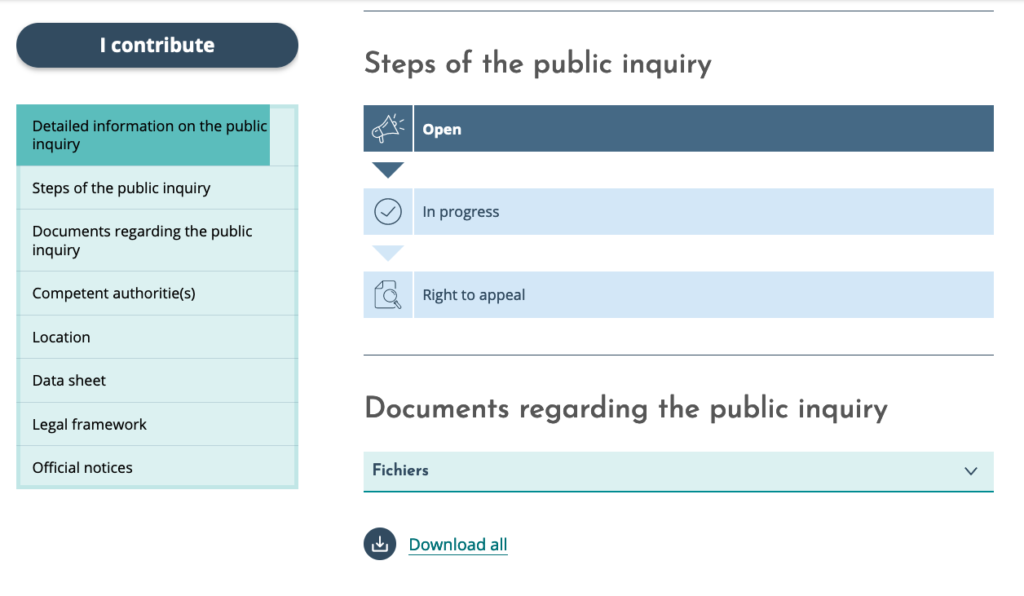
Key players
Development of the portal was entrusted to the Ministry of Digitalisation, CFUE (“Cellule de facilitation urbanisme et environnement”, French for ‘Urban Planning and Environment Facilitation Unit’). This unit supports exchange and coordination in planning projects between stakeholders. CFUE was created in 2013 and integrated into the Ministry of Digitalisation at the end of 2018. The portal is also refined continuously by CFUE and is also hosted by the Government IT Centre (CTIE – Centre for information technology of the Luxembourg State).
Implementation steps and processes
The idea came from CFUE. The benefits and added value of a digital participation platform became apparent during its coordination of many planning projects.
Since 2018, the layout and structure of the platform has been developed by CFUE, involving important players from different government institutions. As the idea matured, it became more and more important to design the portal around citizens’ needs. The portal design and processes are modular to enable players from different levels and institutions to post and host participation procedures and notices.
After the design was concluded, the platform was implemented together with CTIE. Since its launch in early 2021, the portal has been an official government service.
Required resources
The resources used to create the portal are not known, but came entirely from CFUE and CTIE.
Results
Since its launch in 2021, the portal has been accessible to the Luxembourg public. In addition to public participation procedures that can be launched and organised through the portal, it informs citizens on planning endeavours through public notices, enables information meetings to be scheduled and held and provides guidance on implementing participation procedures, complying with the applicable laws.
The portal provides factsheets on different procedures, along with the regulatory background and required public participation delays, which ensures standardised procedures. The portal also offers guidance documents.
A unique feature is that individuals can register for a territorial newsletter and an E-mail is automatically sent notifying any participation procedure in a selected municipality

Experiences, success factors, risks
Right from its official launch, the portal is already widely used with more than 200 procedures registered in November 2021. Most of these are environmental participation processes, which in Luxembourg are complex and difficult to run. So, the portal already brings administrative simplification for authorities and citizens.
CFUE is a neutral coordinator in planning projects, connecting with a large network of local and national planning experts and decision makers. The neutrality and connectedness of the institution ensure impartiality and proper use of the portal.
Conclusions
With the ‘National Portal for Public Inquiries’, the Government has developed a new instrument that facilitates public participation. The portal is easy to understand, and the modular design enables inclusion of participation procedures from all fields and levels in spatial planning.
The possibility to quickly locate planning projects, the customisable newsletter, an ability to switch languages and to easily submit an opinion showcase that the user-dimension has been successfully integrated into the design of the portal.
Contact
A contact form is accessible on: https://enquetes.public.lu/en/support/contact.html
References
Luxembourg Government 2021: National Portal for Public Inquiries: https://enquetes.public.lu/en.html
Luxembourg Ministry of Digitalisation, 2021: Press dossier on the National Portal for Public Inquiries (in French): https://gouvernement.lu/dam-assets/documents/actualites/2021/01-janvier/07-enquetes-publiques.pdf


